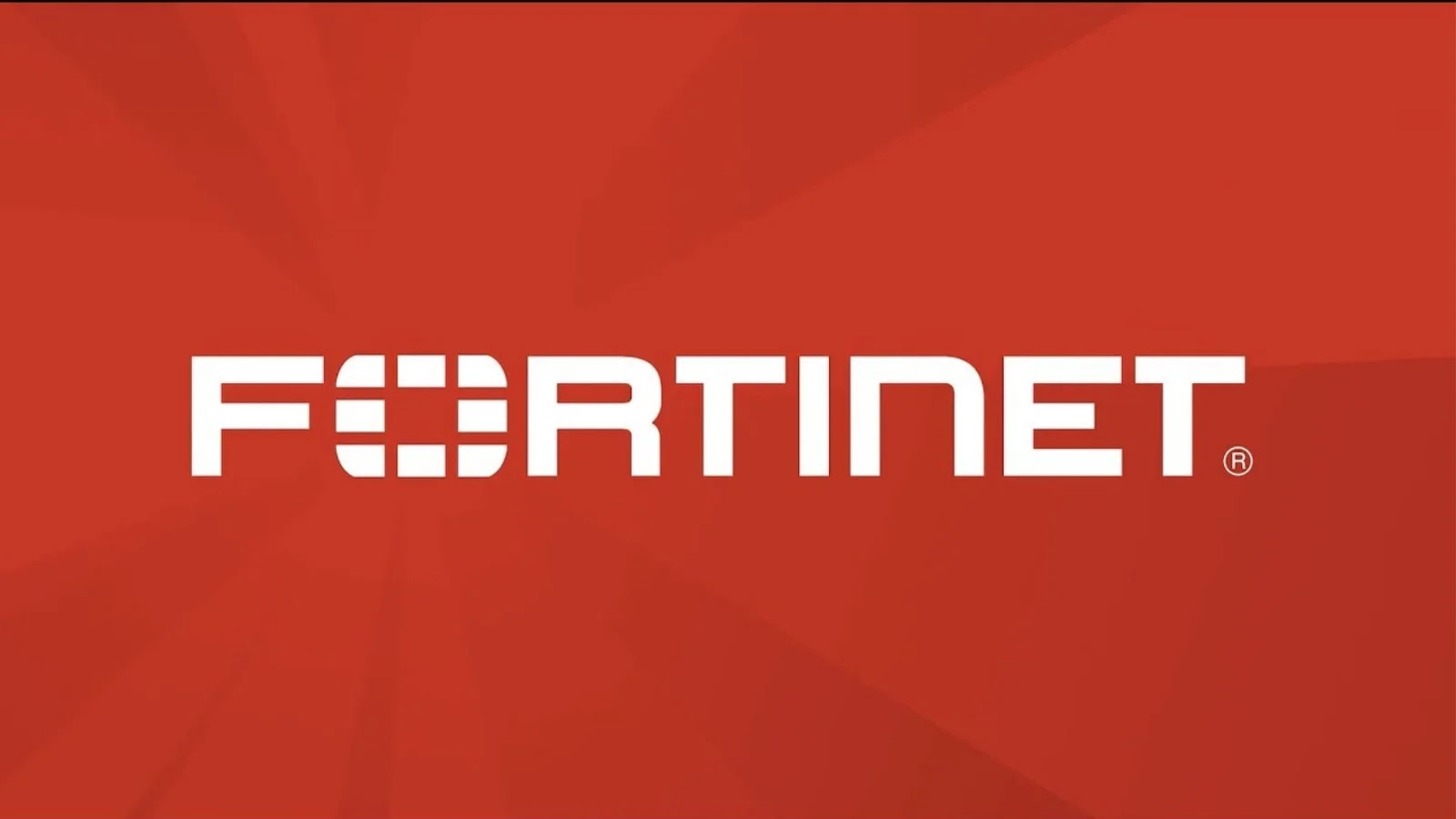
FortiOS CLI Command Bypass Vulnerability Let Attacker Execute System Commands
In the intricate landscape of cybersecurity, a single vulnerability can unravel the most robust defenses. For organizations relying on Fortinet’s network security solutions, a recently disclosed high-severity flaw in FortiOS demands immediate attention. This critical bypass vulnerability, affecting the command-line interface (CLI), could grant local authenticated attackers the ability to execute arbitrary system commands, potentially leading to widespread compromise.
FortiOS CLI Vulnerability Unveiled: CVE-2025-58325 Explained
Fortinet, a leading provider of comprehensive network security solutions, officially disclosed a significant vulnerability on October 14, 2025. This flaw, identified as CVE-2025-58325, resides within the FortiOS operating system. Specifically, the issue stems from an incorrect provision of specified functionality (classified under CWE-684) within the CLI component. This oversight creates a critical security loophole that could be exploited for privilege escalation.
The Common Vulnerability Scoring System (CVSS) v3.1 rates this vulnerability with a score of 7.8, categorizing it as high severity. This score underscores the significant risk posed to affected FortiGate devices and the networks they protect. The primary concern is that a local authenticated attacker can leverage this bypass to execute unauthorized system commands, gaining a level of control that far exceeds their intended privileges.
Understanding the Impact of Command Execution
The ability to execute arbitrary system commands on a network device, especially a security appliance like a FortiGate firewall, is a severe security incident. This level of access can pave the way for a multitude of malicious activities:
- Data Exfiltration: Attackers could access and steal sensitive configuration files, user credentials, or network data.
- System Compromise: Unauthorized command execution allows for the modification of system settings, installation of malware, or creation of backdoors.
- Network Disruption: Malicious commands could be used to disable security features, reconfigure network policies, or even initiate denial-of-service (DoS) attacks.
- Privilege Escalation: Leveraging the initial access, attackers can attempt to gain even higher privileges, potentially achieving root access on the device.
Given the central role FortiGate devices play in safeguarding network perimeters, such a bypass could have cascading effects throughout an organization’s IT infrastructure.
Remediation Actions and Mitigations for CVE-2025-58325
Addressing CVE-2025-58325 requires prompt action from all organizations utilizing FortiOS. Fortinet has released patches to rectify this vulnerability, and applying these updates should be the immediate priority.
- Apply Patches Immediately: Fortinet has provided specific firmware updates that resolve this vulnerability. Consult Fortinet’s official security advisories for the exact versions affected and the corresponding patched releases. Regularly scheduled patching cycles should be accelerated to include these critical updates.
- Least Privilege Principle: Reinforce the principle of least privilege for all users, especially those with CLI access. Ensure that administrative accounts are provisioned with only the necessary permissions required for their roles and nothing more.
- Monitor CLI Activity: Implement robust logging and monitoring for all CLI access and command execution. Anomalous activity, such as unknown commands or unusual login patterns, should trigger alerts for immediate investigation.
- Multi-Factor Authentication (MFA): Enforce MFA for all administrative interfaces, including CLI access, where supported. This adds an additional layer of security, making it significantly harder for attackers to gain unauthorized access even if credentials are compromised.
- Network Segmentation: While not a direct mitigation for the vulnerability itself, strong network segmentation can limit the lateral movement of an attacker once a device is compromised. Isolate critical systems and administrative networks.
Relevant Tools for Detection and Mitigation
Effective cybersecurity relies on a combination of robust controls and specialized tools. For managing and securing Fortinet environments, several tools can aid in detection, assessment, and mitigation post-patching:
| Tool Name | Purpose | Link |
|---|---|---|
| FortiAnalyzer | Centralized logging, reporting, and analysis for Fortinet devices. Crucial for monitoring CLI activity. | FortiAnalyzer |
| FortiManager | Centralized management of FortiGate devices, including firmware updates and configuration management. | FortiManager |
| Vulnerability Scanners (e.g., Tenable.io, Qualys) | Identify known vulnerabilities, including specific CVEs, across network devices. | Tenable.io / Qualys |
| Security Information and Event Management (SIEM) | Aggregates logs from various sources for advanced threat detection and correlation. | Various Vendors (e.g., Splunk, IBM QRadar) |
Protecting Your FortiOS Environment from Future Threats
The discovery of CVE-2025-58325 serves as a potent reminder of the persistent and evolving threat landscape. Proactive security measures are paramount. Regularly reviewing Fortinet’s security advisories (such as the one detailing CVE-2025-58325) and implementing a robust patching strategy are foundational. Furthermore, maintaining a strong security posture involves continuous monitoring, adherence to the principle of least privilege, and regular security audits of all network devices to identify and remediate potential weaknesses before they can be exploited.





